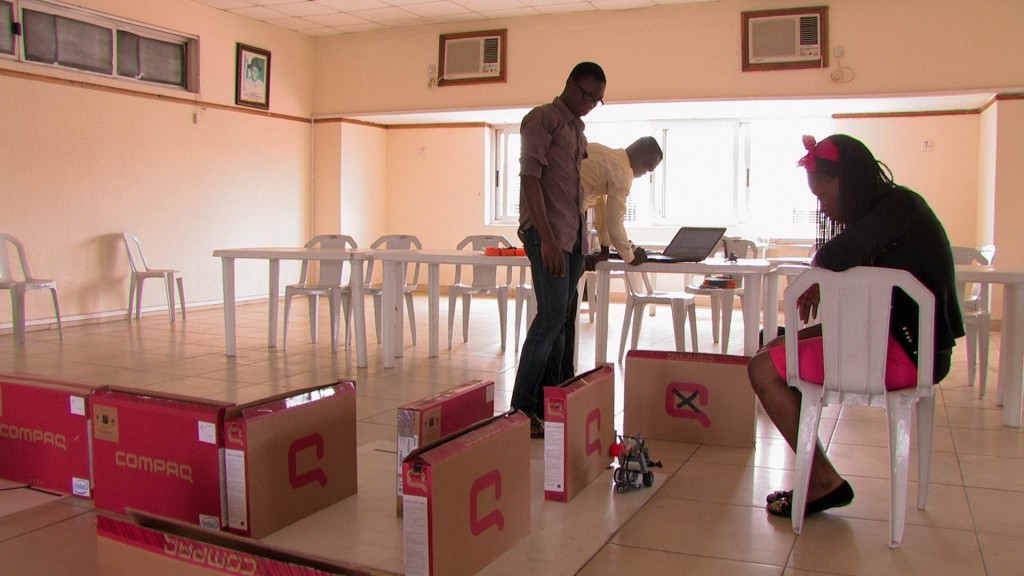Mission. Impossible?
Monday. The start of the fifth and final week of Exposure Robotics League (XRL). The secondary schoolers just found out details of their final challenge. It will be a rescue mission.
A mine has collapsed and trapped some miners. The students will have to program their robots to perform three tasks to rescue the survivors. They will have to work in alliances of 3 teams of trios. This news produces loud groans. But even harder to absorb is the additional news that they won’t find out which teams will be working together until Friday, the day before the final challenge. Panic is written all over the faces of the students as it dawns on them that they have little control over their fates in the final competition.
Getting the students used to the idea of teamwork is clearly one of the goals of XRL. For a number of students this has been the hardest adjustment to make. The local educational system is set up to rank students constantly, thus reinforcing a culture of competition. For some of these students, who landed scholarships to XRL from sponsors by being the best in their schools, the idea of depending on someone else sounds like a recipe for doom. How can they ensure the high standards they are used to delivering if they have to collaborate with other people?
When I visit Philip’s class, his students barrage him with what-if scenarios. Amused and patient, he calms them down. Learning there is nothing they can do about the rules, they resign themselves to the task of over-preparing for all the tasks in the final challenge. It means doing extra work, writing and testing more code than will actually be used on competition day. But this way, they can maximize their chances of winning no matter who they get stuck with. No matter how impossible the mission, these robot programming gurus intend to win.

